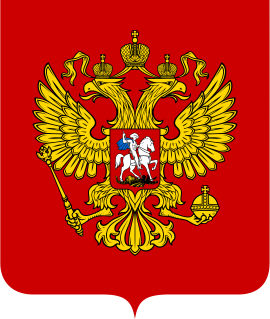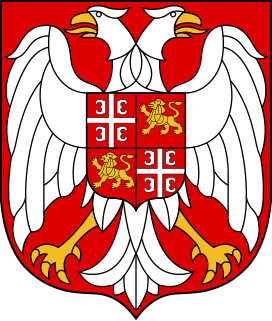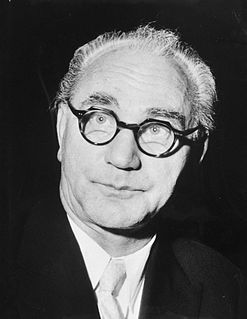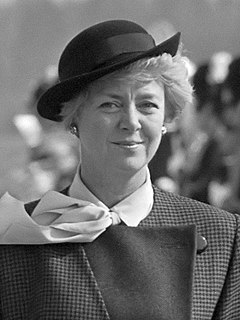A four-part referendum was held in Ukraine on 16 April 2000. The referendum was called by President Leonid Kuchma, and asked voters whether they approved of four amendments to the constitution that would increase the powers of the President and introduce an upper chamber.
The Greens of Andorra is a green political party in Andorra.

A four-part referendum was held in Russia on 25 April 1993. Voters were asked questions on confidence in President Boris Yeltsin, support for the government's socio-economic policies and early elections for both the presidency and parliament. The referendum was initiated by the Congress of People's Deputies, which stipulated that Yeltsin would need to obtain 50% of the electorate, rather than 50% of valid votes. However, the Constitutional Court ruled that the president required only a simple majority on two issues: confidence in him, and economic and social policy; though he would still need the support of more than half the electorate in order to call new parliamentary and presidential elections.

Parliamentary elections were held in Slovakia on 17 June 2006. Direction – Social Democracy emerged as the largest party in the National Council, winning 50 of the 150 seats. Its leader Robert Fico was appointed Prime Minister on 4 July 2006, leading a three-party centre-left populist coalition.

Presidential elections were held for the first time in Iceland on 29 June 1952 following the death of incumbent President Sveinn Björnsson. The result was a victory for Ásgeir Ásgeirsson, who received 48.3% of the vote, resulting in the first contested election in the history of Iceland.

Presidential elections were held in Iceland on 29 June 1980. The result was a victory for Vigdís Finnbogadóttir, who received 33.8% of the vote. She became the world's first democratically elected female President.

Parliamentary elections were held in Yugoslavia on 31 May 1992. The elections were boycotted by almost all opposition parties in protest at both how the electoral law had been passed, and the unequal access to finance and the media given to the governing and opposition parties. Independent Milan Panić became federal Prime Minister. Following mass protests, Panić and federal President Dobrica Ćosić agreed to hold new elections in December under a new electoral system.
Events in the year 1991 in Russia.

Presidential elections were held in Austria on 28 April 1963. The result was a victory for incumbent President Adolf Schärf of the Socialist Party, who received 55.4% of the vote. Voter turnout was 95.6%.

Presidential elections were held in Austria on 23 May 1965, following the death of incumbent President Adolf Schärf on 28 February. The result was a victory for Franz Jonas of the Socialist Party, who received 50.7% of the vote. Voter turnout was 96.0%.

Presidential elections were held in Austria on 25 April 1971. The result was a victory for incumbent President Franz Jonas of the Socialist Party, who received 52.8% of the vote. Voter turnout was 95.3%.

Direct presidential elections were held for the first time in Bulgaria on 12 January 1992, with a second round on 19 January. The result was a victory for incumbent President Zhelyu Zhelev of the Union of Democratic Forces, who won 52.8% of the vote in the second round. Voter turnout was 75.4% in the first round and 75.9% in the second. Zhelev had originally been elected as President by the Grand National Assembly in 1990.

Two-stage presidential elections were held in Finland in 1968. On 15 and 16 January the public elected presidential electors to an electoral college. They in turn elected the President. The result was a victory for Urho Kekkonen, who won on the first ballot. The turnout for the popular vote was 70.2.
Presidential elections were held in Greece between 4 and 11 April 1926. At the time the country was a dictatorship under Theodoros Pangalos, who was one of the two candidates. The other, Konstantinos Demertzis, withdrew from the contest before election day, but remained on the ballot paper. Pangalos received 93.3% of the vote. However, he was removed from office on 22 August following a counter-coup and was replaced by Pavlos Kountouriotis. It remains the only occasion on which the President of Greece has been elected by the public.

Presidential elections were held in Slovenia on 8 April 1990, with a second round on 22 April. Voters elected the four members of the presidency and the President of the presidency. Ciril Zlobec, Ivan Oman, Matjaž Kmecl and Dušan Plut were elected to the presidency, whilst Milan Kučan was elected President in the second round.

Parliamentary elections were held in Lithuania between 8 and 10 May 1926. The Lithuanian Popular Peasants' Union remained the largest party, winning 24 of the 85 seats in the third Seimas. They formed a left-wing coalition government with the Social Democratic Party of Lithuania, which was overthrown in a military coup in December. The Seimas was subsequently disbanded and Lithuanian Nationalist Union leader Antanas Smetona was appointed President.

Constituent Assembly elections were held in Portugal on 28 May 1911, following a coup in October 1910. The result was a victory for the Portuguese Republican Party, which won 229 of the 234 seats.

General elections were held in Portugal on 28 April 1918, following a coup by Sidónio Pais in December 1917. The elections were boycotted by the Democratic Party, the Evolutionist Party and the Republican Union, who had won over 90% of the seats in the 1915 elections.
Federal elections were held in Switzerland on 29 October 1939. The Free Democratic Party emerged as the largest party in the National Council, winning 49 of the 187 seats. Due to the outbreak of World War II, there were no elections in nine of the 25 cantons; Appenzell Ausserrhoden, Lucerne, Neuchâtel, Schwyz, Solothurn, Ticino, Valais, Vaud and Zug. In what became known as "silent elections", a total of 55 candidates were elected unopposed.
Folketing elections were held in Denmark on 7 June 1864. The National Liberal Party emerged as the largest faction, winning 40 of the 101 seats. Following the elections, Christian Albrecht Bluhme became Prime Minister on 7 July.















